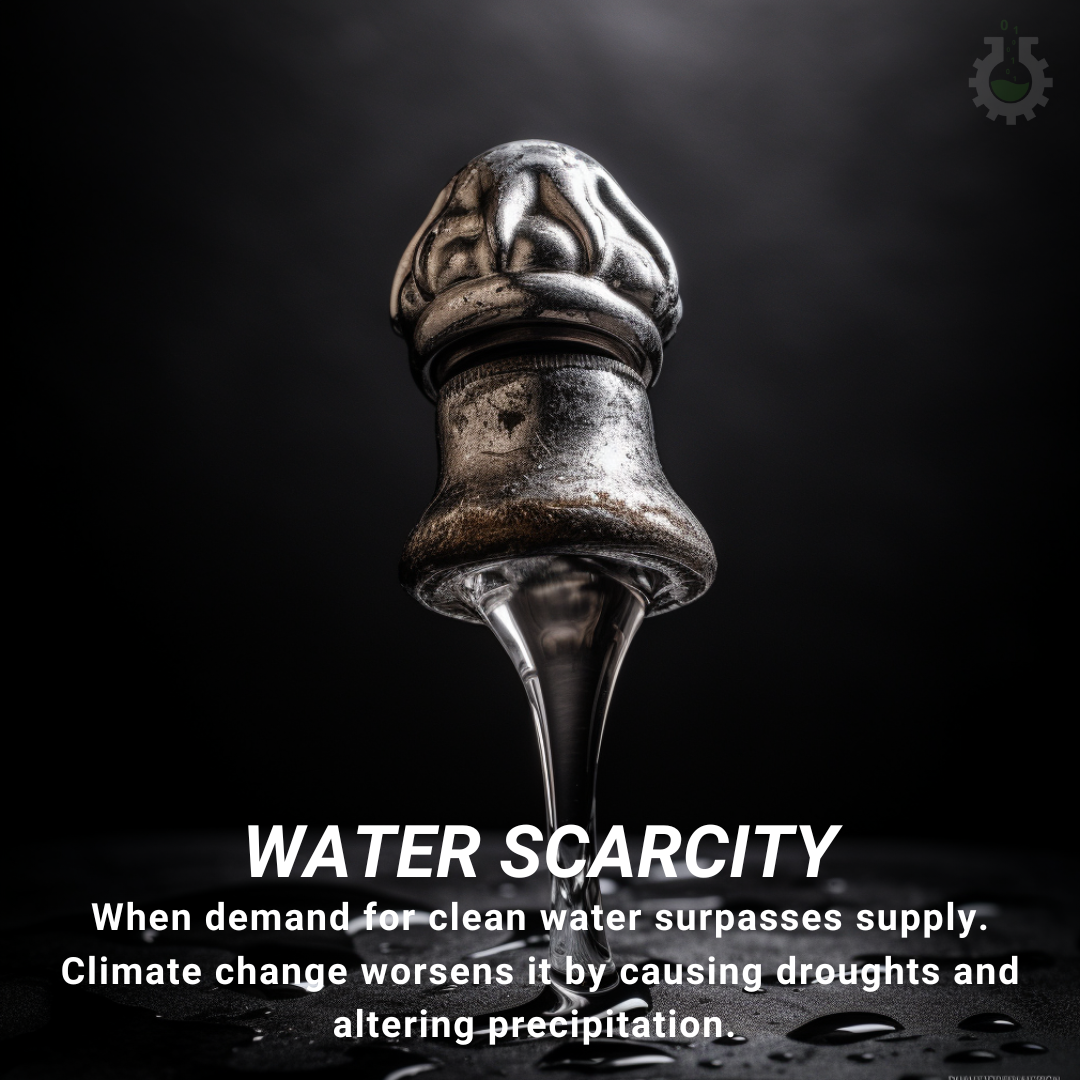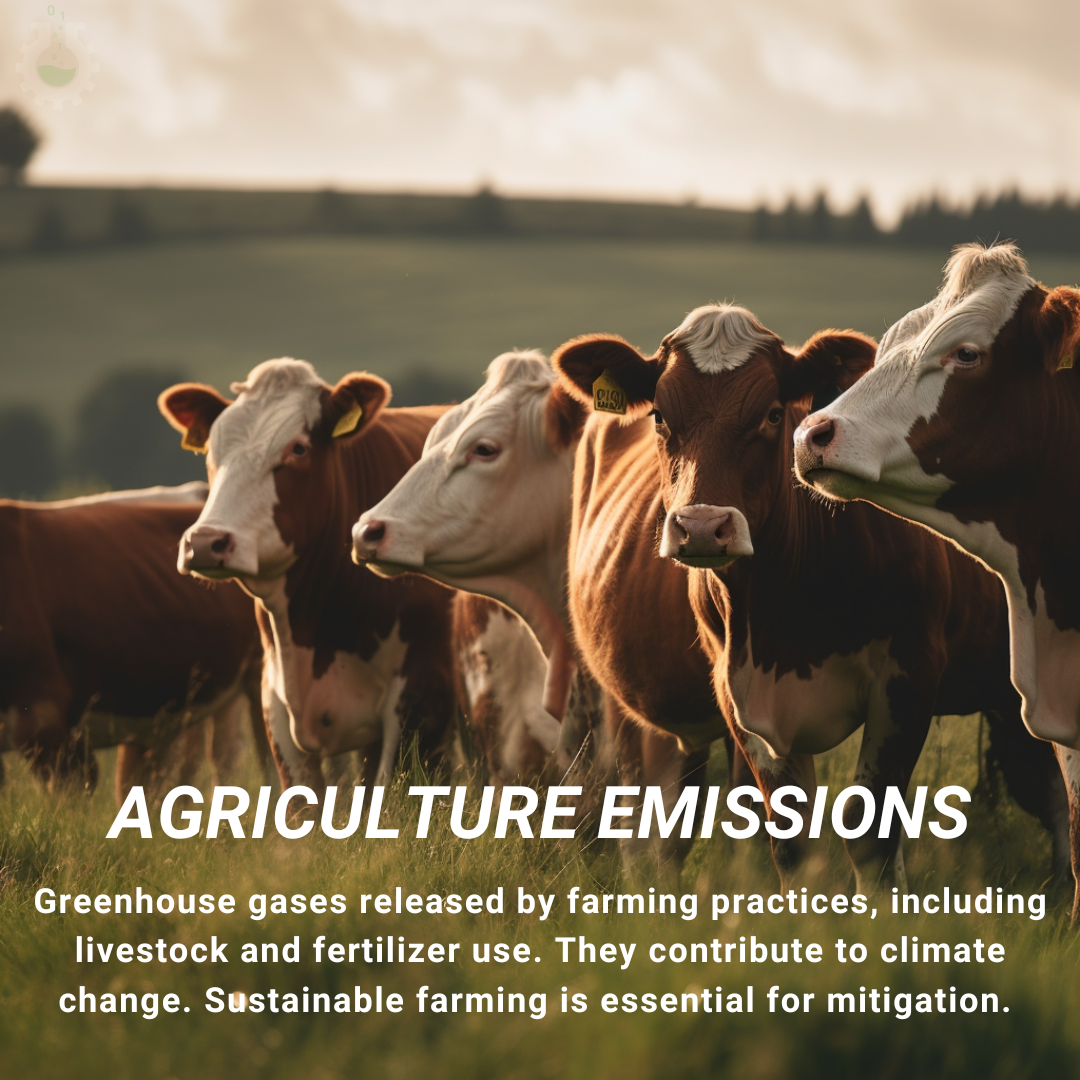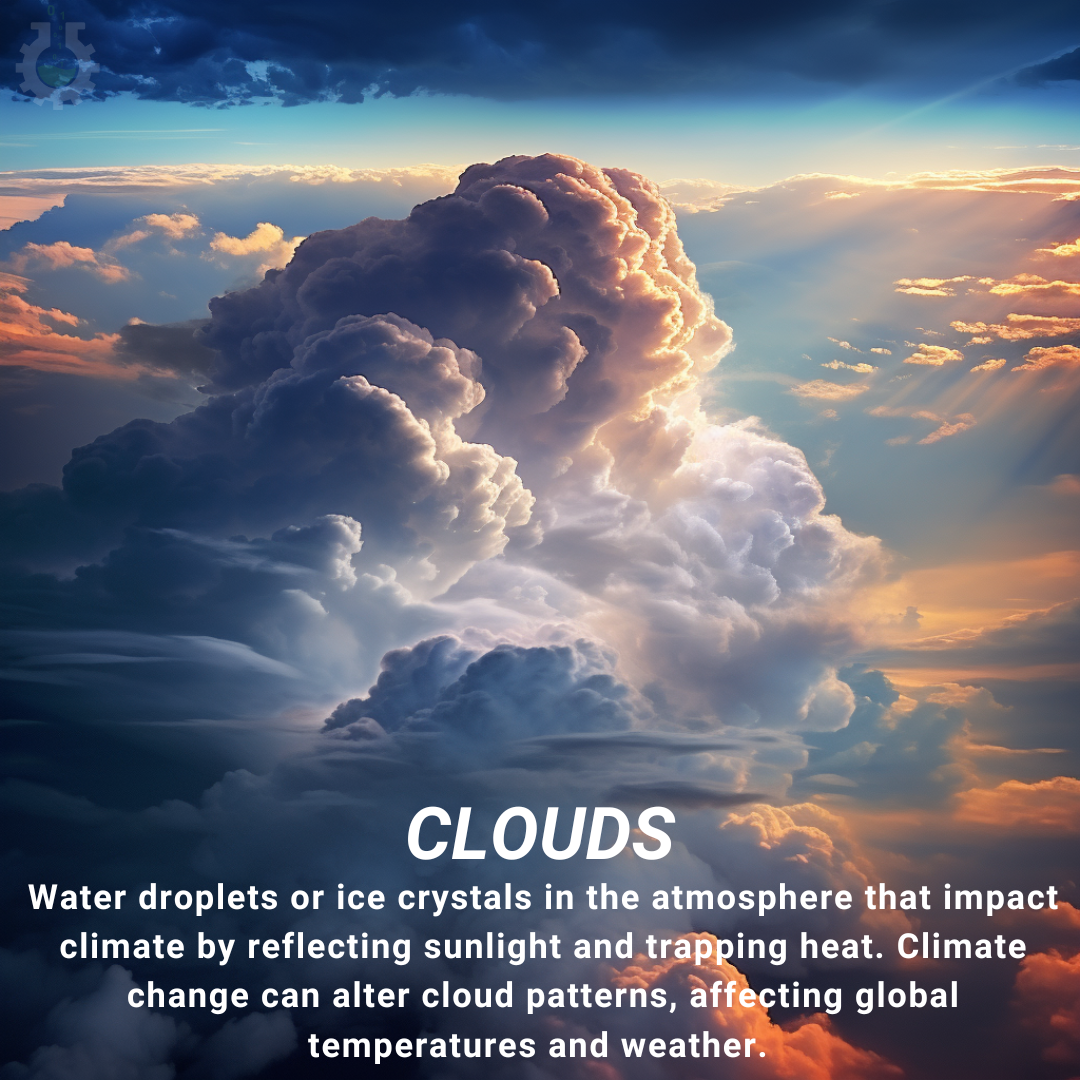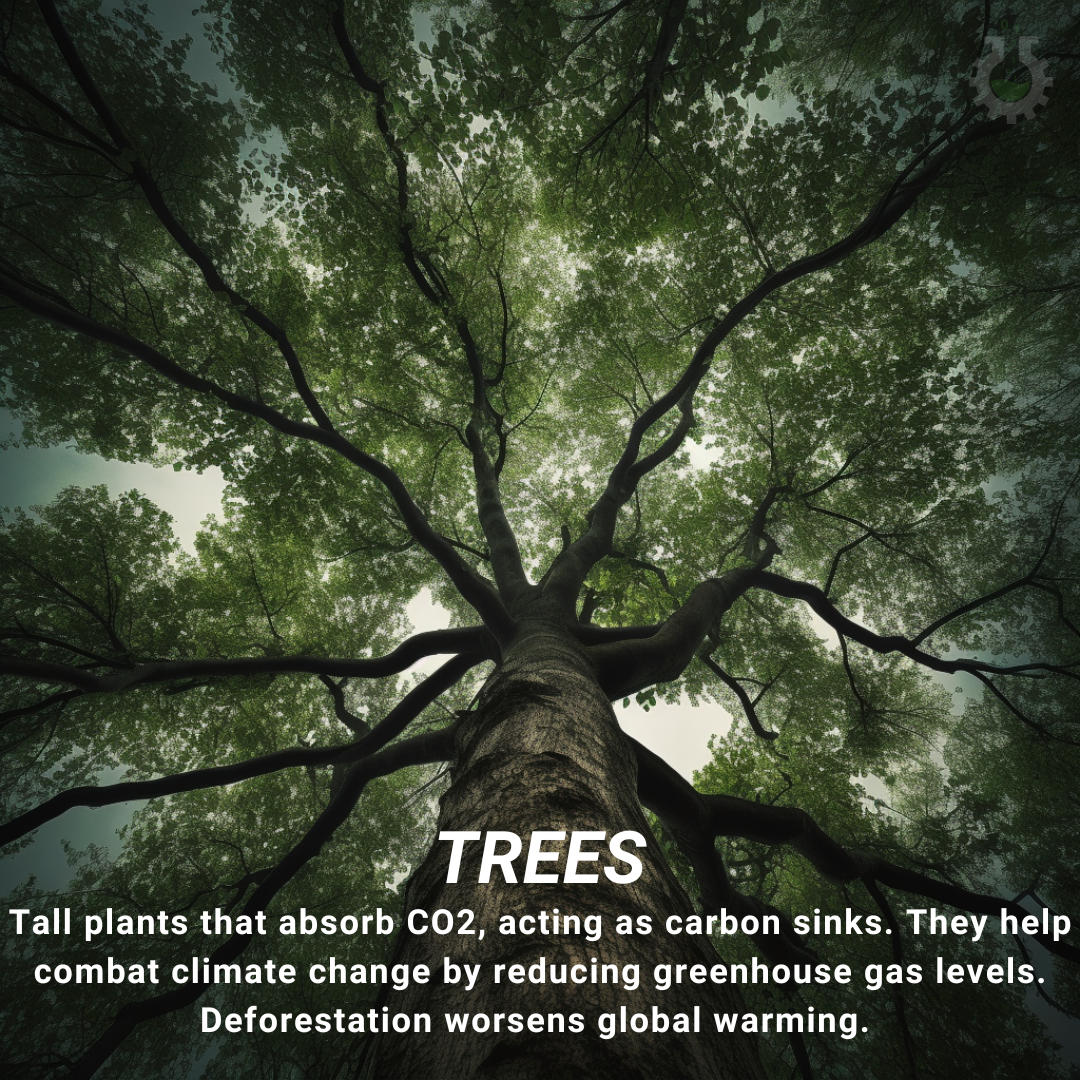Water Scarcity is a condition where the demand for freshwater exceeds the available supply, leading to inadequate access to clean drinking water and sanitation for human needs and agricultural irrigation. Connection to Climate Change: Climate change can exacerbate water scarcity by altering precipitation patterns, increasing the frequency of droughts and heatwaves, and reducing the availability […]
Infectious Diseases are illnesses caused by pathogenic microorganisms, like bacteria, viruses, and parasites, that can spread from one person to another. They often result in symptoms and can lead to outbreaks or pandemics. Connection to Climate Change: Climate change can influence the distribution of infectious diseases by altering temperature and precipitation patterns, expanding the habitat […]
Food Security is the condition in which all people, at all times, have physical, social, and economic access to sufficient, safe, and nutritious food that meets their dietary needs and food preferences for an active and healthy life. Connection to Climate Change: Climate change can disrupt food security by causing extreme weather events, altering crop […]
Green Hydrogen: Hydrogen gas produced through a process called electrolysis, where renewable energy sources like wind or solar power are used to split water into hydrogen and oxygen. It’s a clean and sustainable energy carrier. Connection to Climate Change: Green hydrogen is a climate-friendly energy source because its production emits no greenhouse gases. It has […]
Agricultural Emission: Greenhouse gases, such as methane and nitrous oxide, released into the atmosphere as a result of agricultural practices, including livestock production, fertilizer application, and land use changes. Connection to Climate Change: Agricultural emissions are a significant contributor to climate change. Methane emissions from livestock and nitrous oxide emissions from fertilizers are potent greenhouse gases. […]
Clouds are collections of tiny water droplets or ice crystals suspended in the atmosphere. They play a vital role in regulating Earth’s climate by reflecting sunlight and trapping heat. Connection to Climate Change: Clouds can both exacerbate and mitigate climate change. Some cloud types can trap heat, contributing to warming, while others reflect sunlight, cooling […]
Ocean Currents is a continuous, directional movements of seawater in the world’s oceans, driven by factors such as wind, temperature, and salinity variations. They play a significant role in regulating Earth’s climate. Connection to Climate Change: Ocean currents help distribute heat around the planet, influencing regional climates. Climate change can alter these currents, leading to […]
Trees are tall, woody plants with branches and leaves that absorb carbon dioxide (CO2) from the atmosphere during photosynthesis and store it as carbon in their trunks, branches, and roots. Connection to Climate Change: Trees are crucial for mitigating climate change. They act as carbon sinks, sequestering CO2 and reducing its concentration in the atmosphere. […]
Transportation Emissions are Greenhouse gases released into the atmosphere from vehicles, airplanes, ships, and other modes of transportation during the combustion of fossil fuels, like gasoline and diesel. Connection to Climate Change: Transportation emissions are a significant contributor to climate change. The release of carbon dioxide (CO2) and other pollutants from vehicles traps heat in […]
The Alps, a vast mountain range in Europe known for its stunning landscapes, diverse ecosystems, and cultural heritage. Connection to Climate Change: The Alps are highly vulnerable to climate change. Rising temperatures have led to the melting of glaciers, reduced snowfall, and shifts in precipitation patterns, impacting water resources and ecosystems. This has consequences for […]












